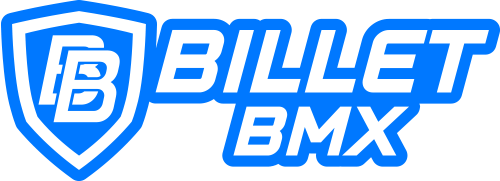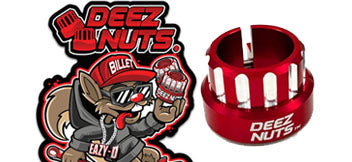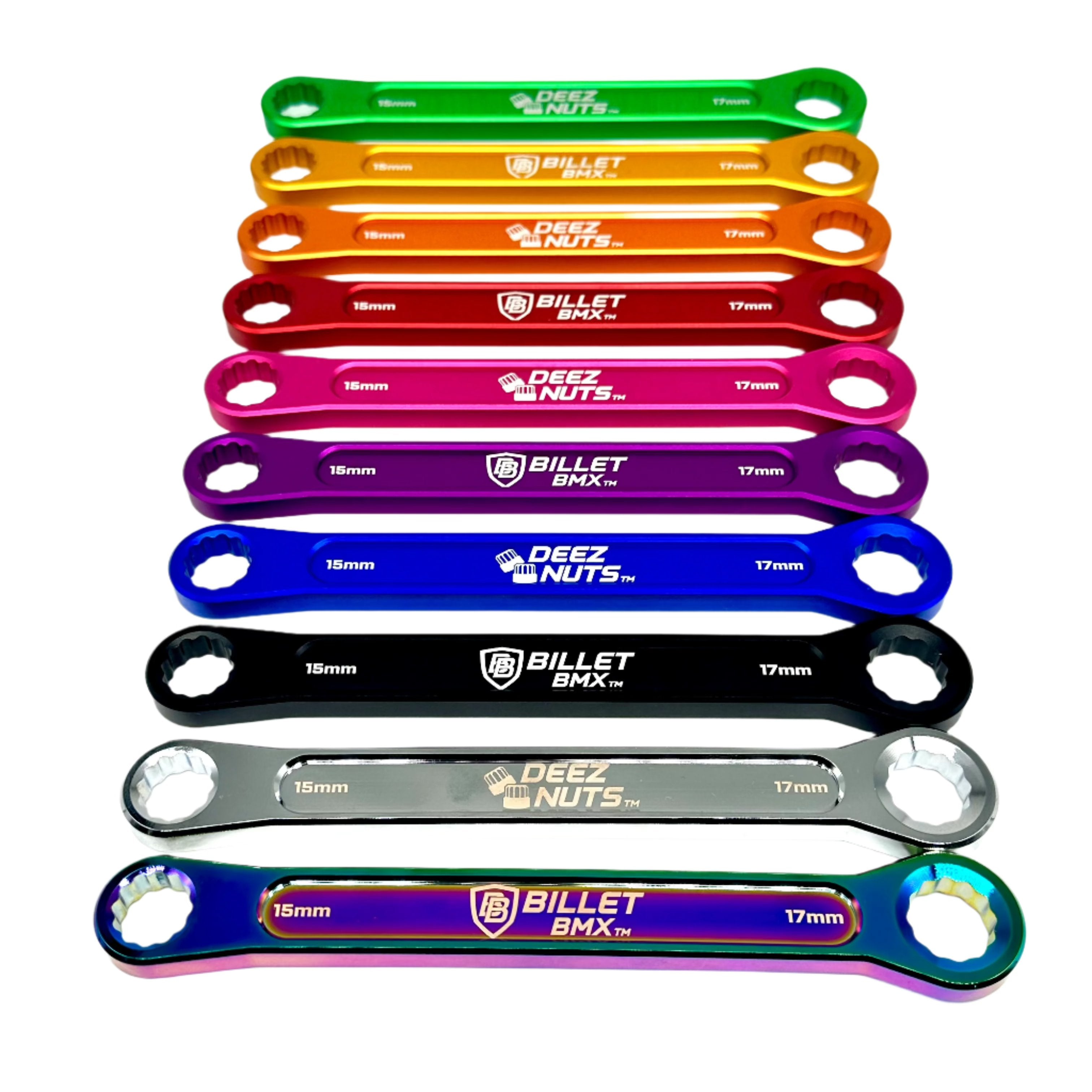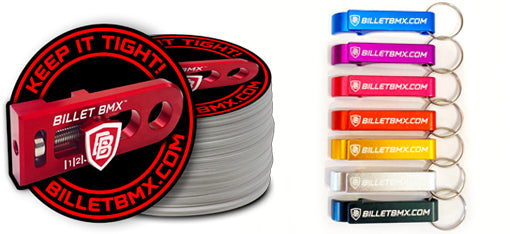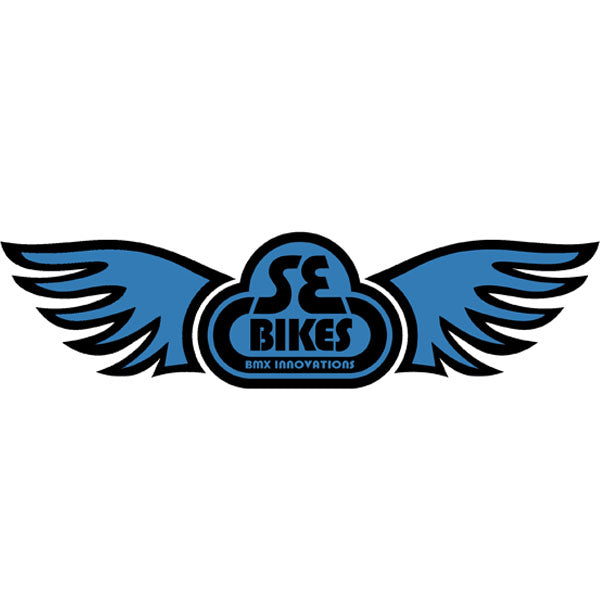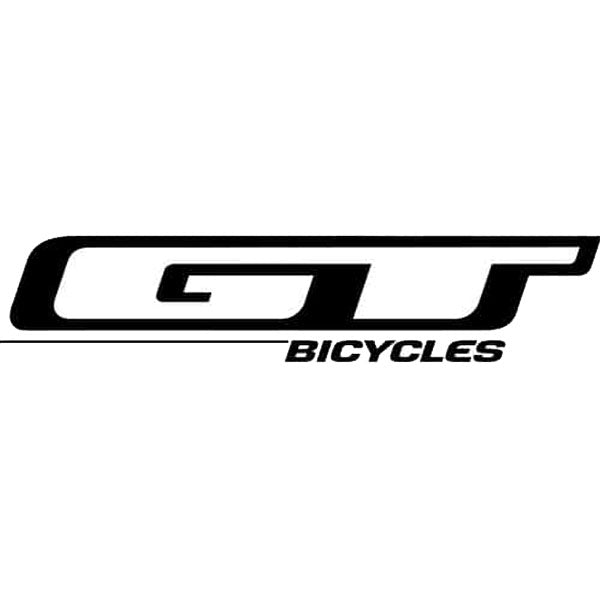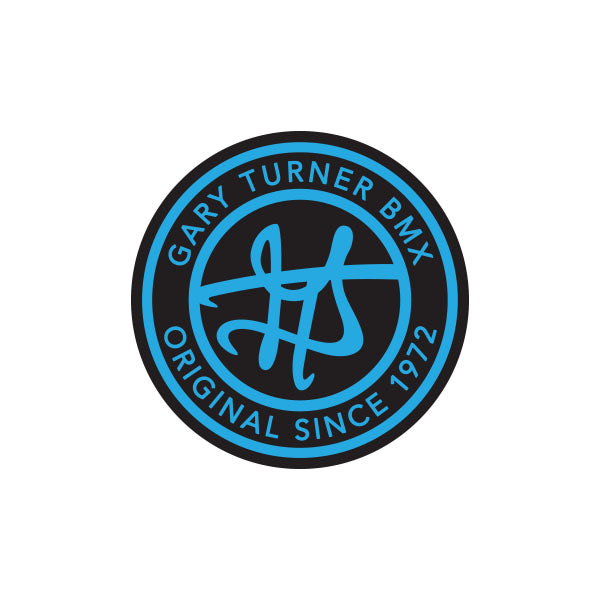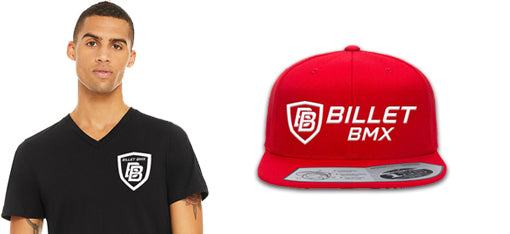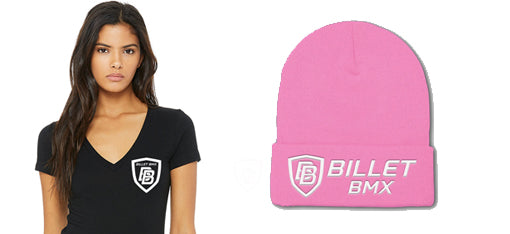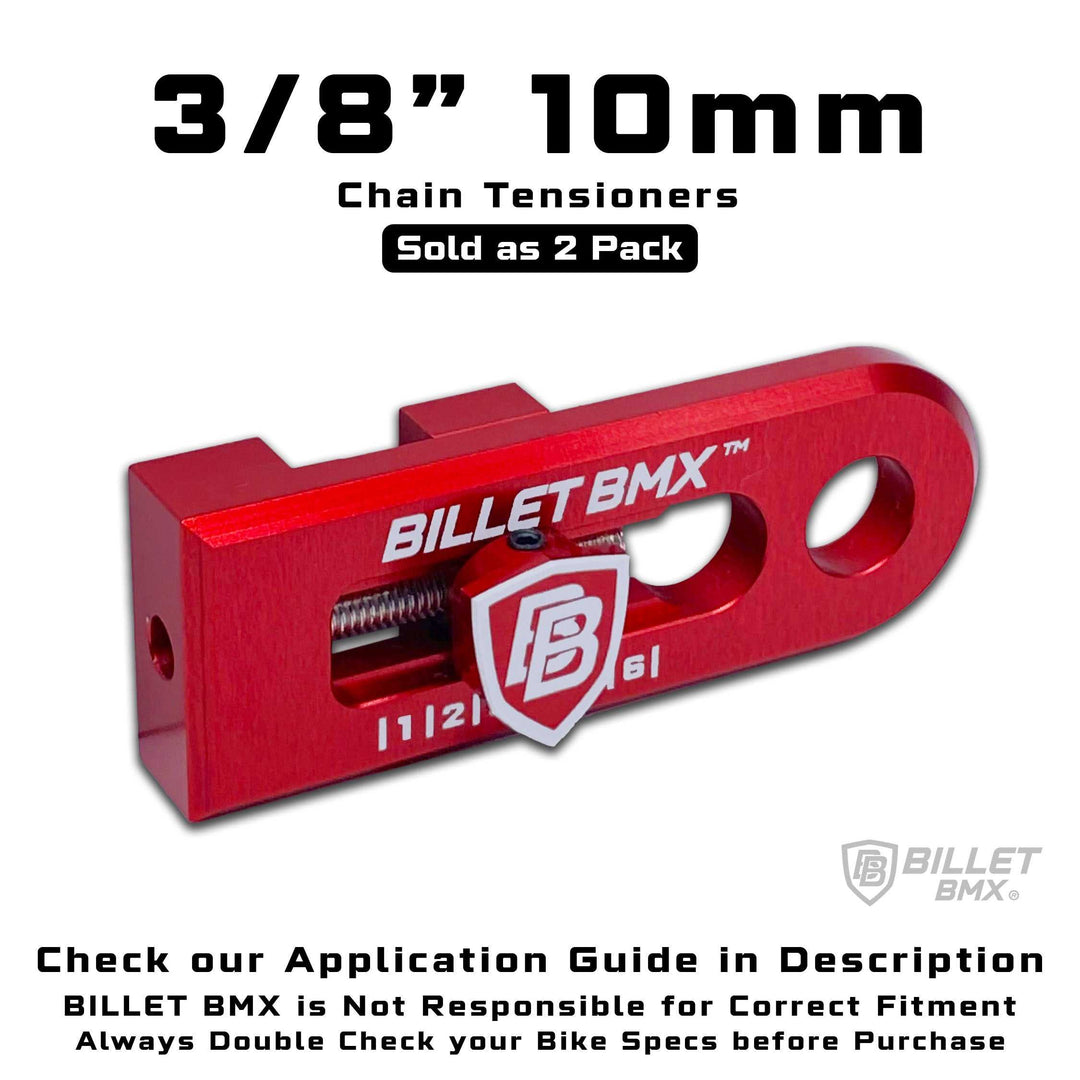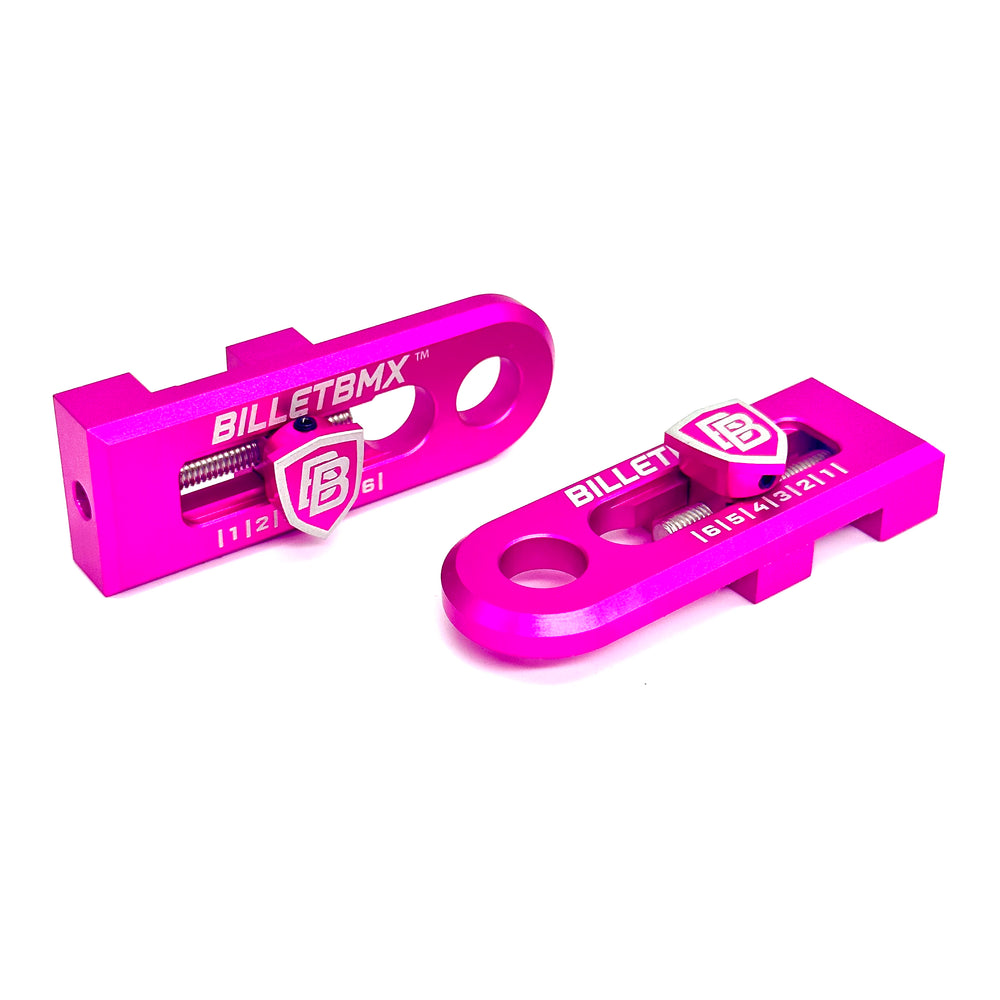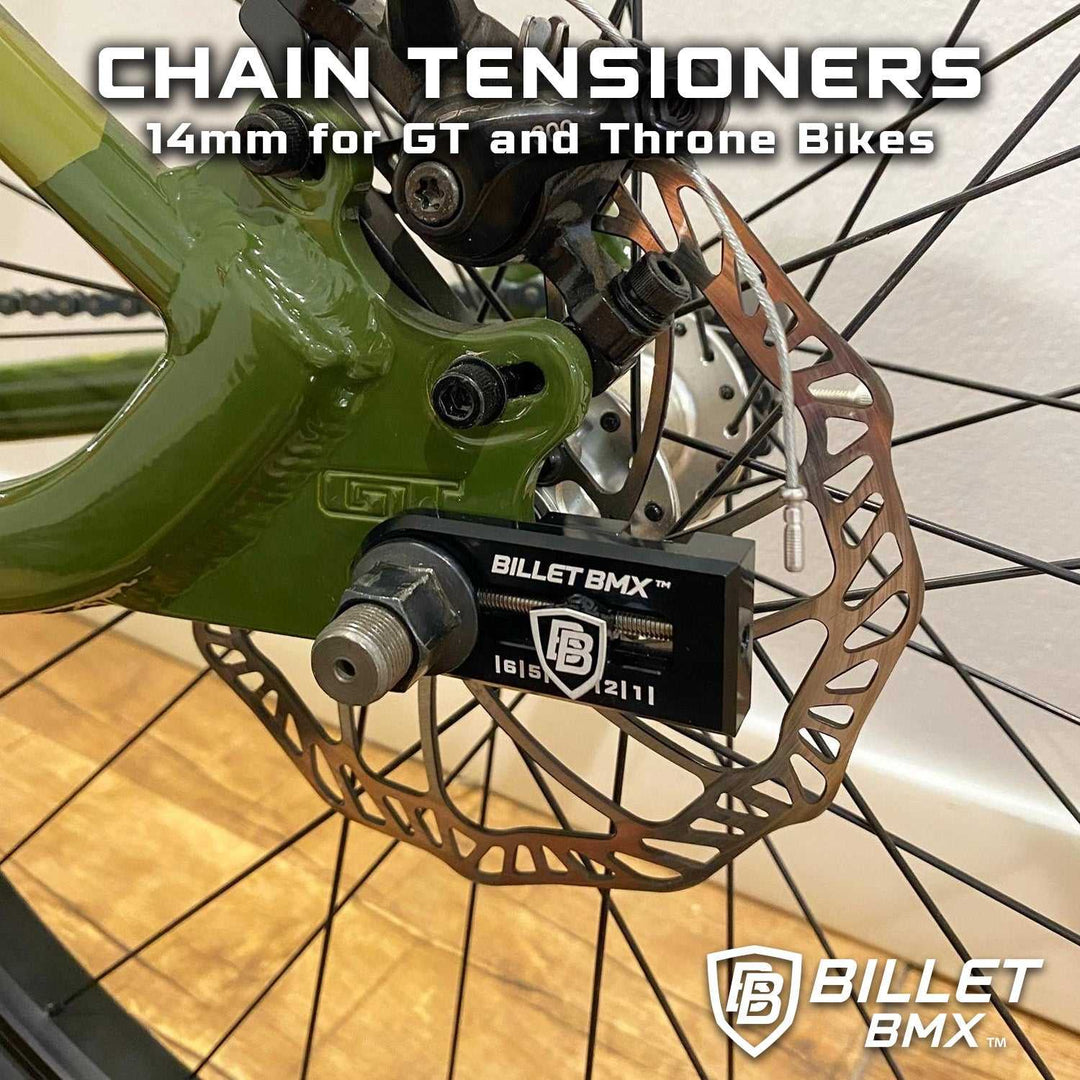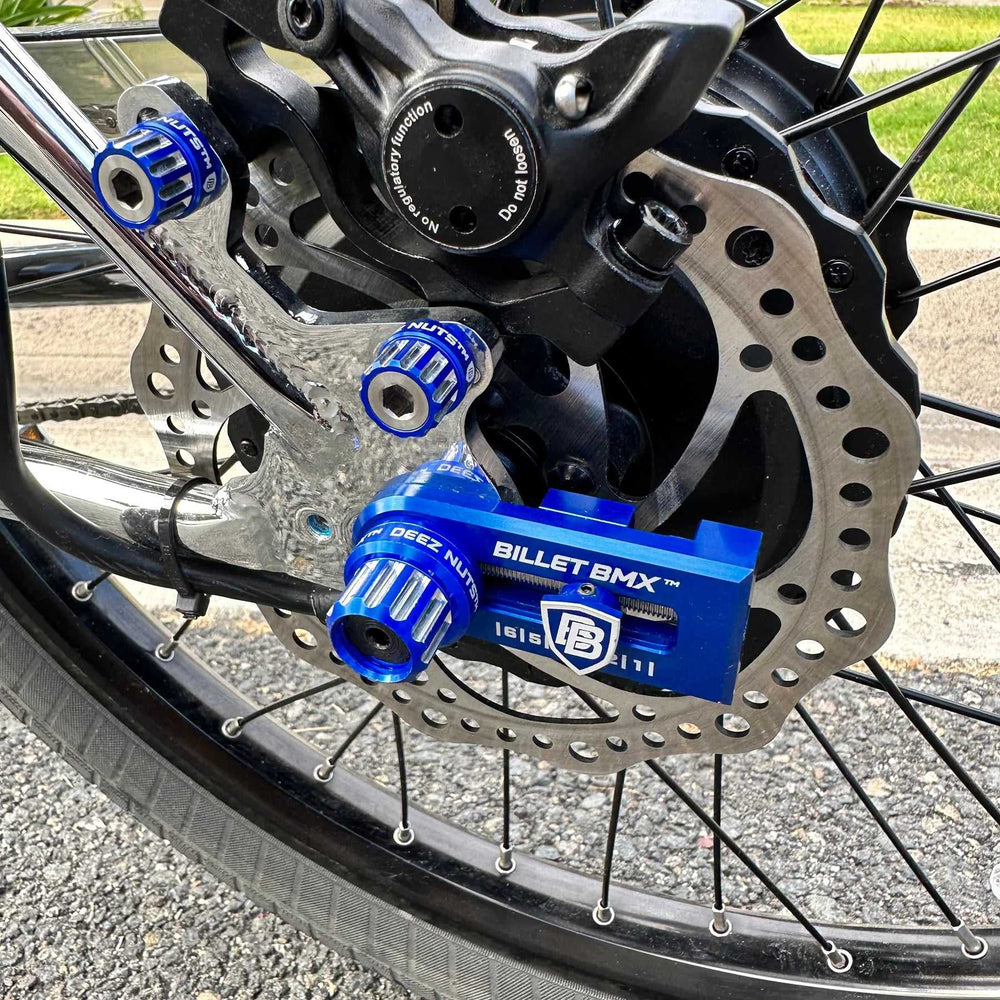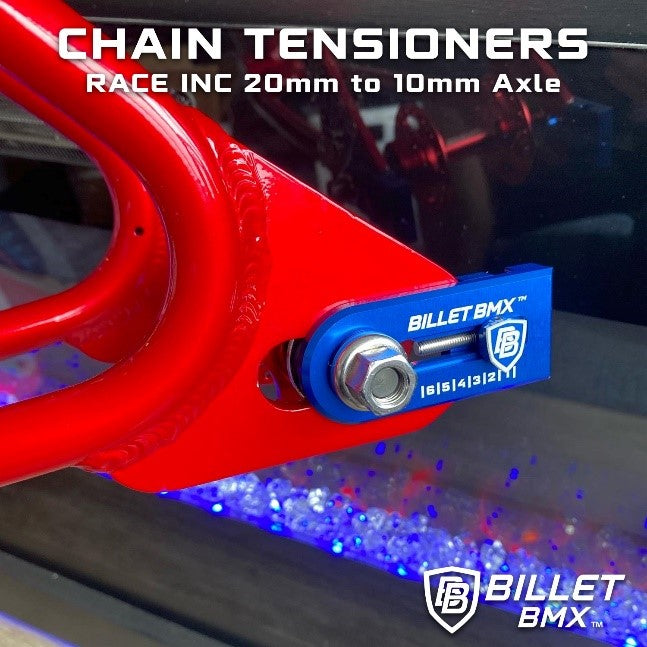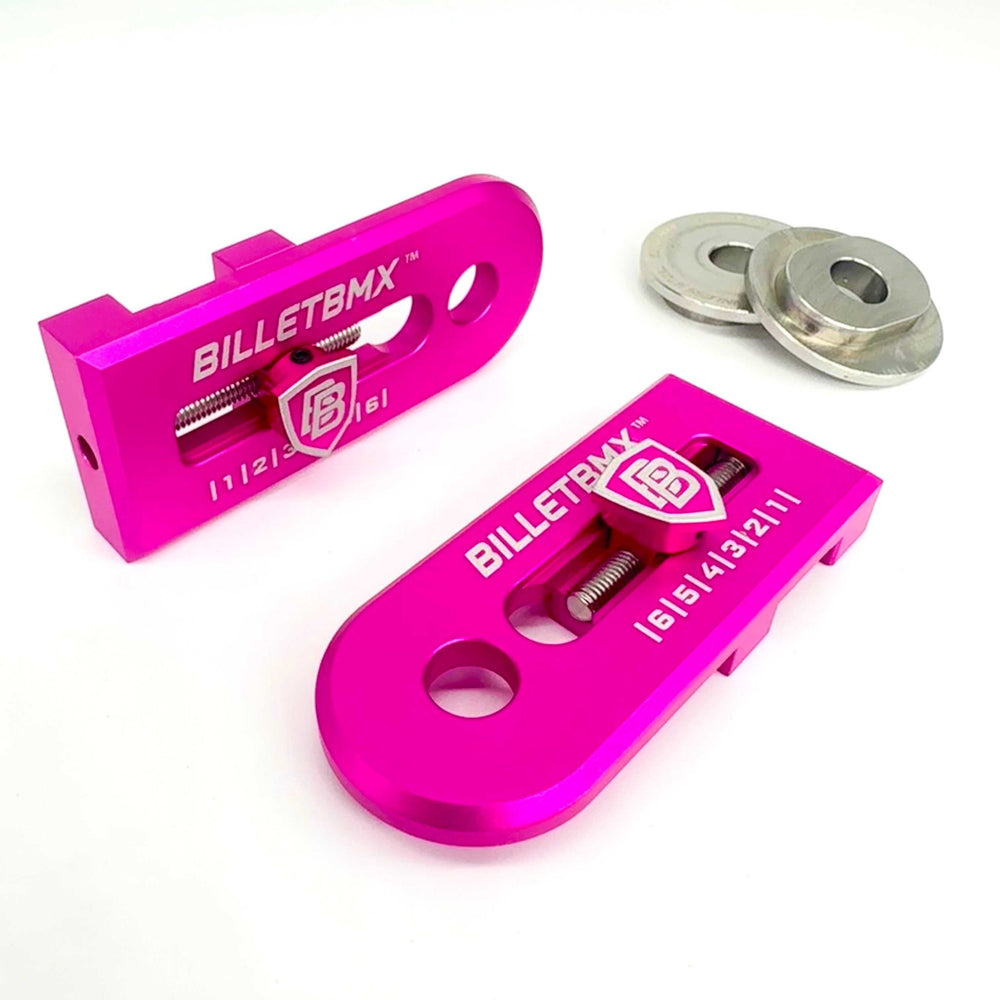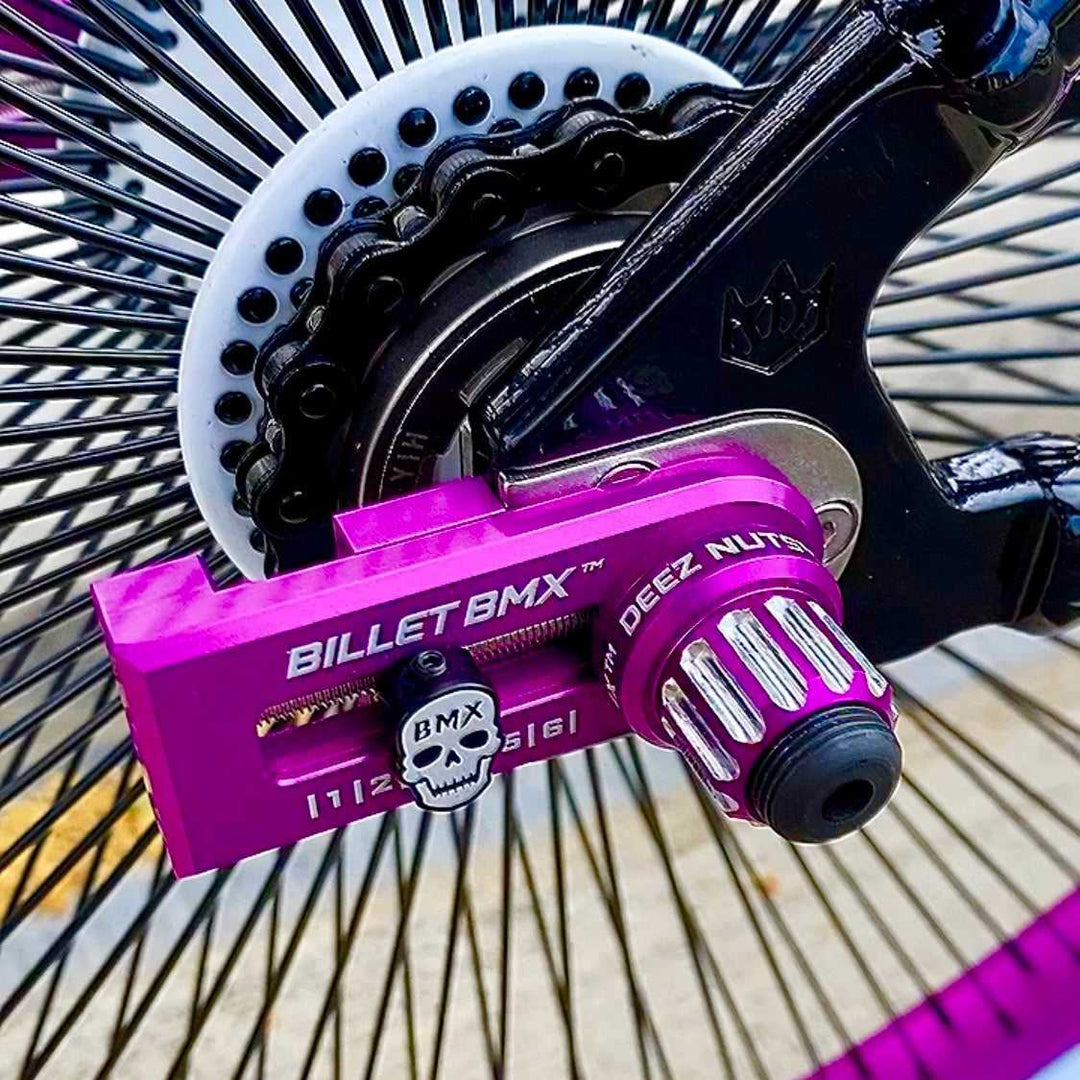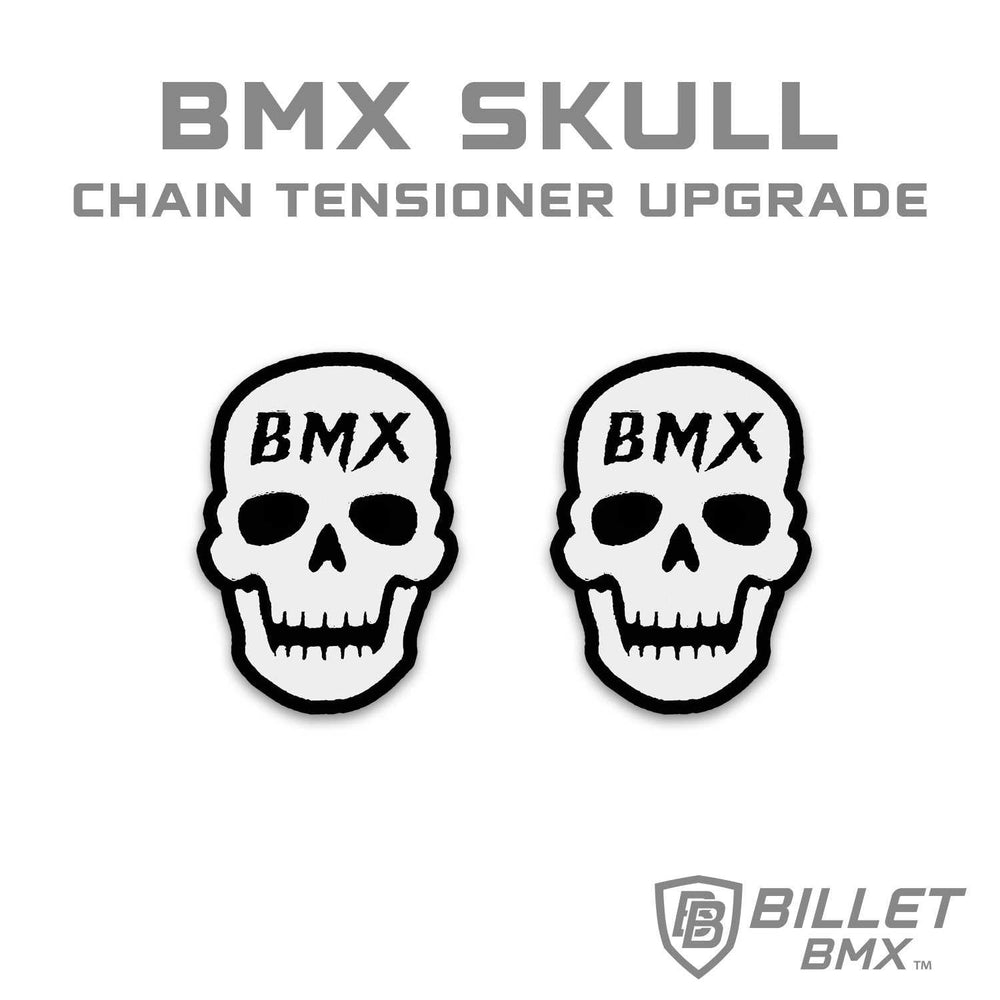How to Install and Adjust Your BMX Stem Like a Pro

Your BMX stem plays a crucial role in your bike’s performance, handling, and comfort. Whether you're upgrading to a new stem or adjusting your current setup, getting the installation and alignment right can make all the difference in your riding experience. A properly installed stem ensures better control, minimizes the risk of mechanical failure, and enhances your overall riding experience. This guide will walk you through the step-by-step process of installing and adjusting your BMX stem like a pro.
Understanding the BMX Stem and Its Importance
The BMX stem connects your handlebars to the bike’s fork steerer tube. It influences how your bike responds to steering input, and choosing the right stem can affect your riding style. There are two main types of BMX stems:
-
Top Load Stem – The handlebars are clamped from the top, raising the height slightly, which is ideal for riders who prefer a taller front end.
-
Front Load Stem – The handlebars are clamped from the front, offering a lower, more aggressive riding position.
Both types have their advantages, and selecting the right one depends on your riding style, height, and comfort preference.
Step 1: Remove the Old Stem
If you're replacing an old stem, follow these steps to remove it:
-
Loosen the top cap bolt – Using a 5mm Allen wrench, unscrew the top cap bolt located on the top of the steerer tube. This bolt helps adjust the headset tension, so removing it will loosen the stem.
-
Loosen the steerer tube pinch bolts – Locate the bolts on the back of the stem (usually two) and loosen them using the appropriate Allen wrench. These bolts secure the stem to the fork steerer tube.
-
Remove the handlebars – If you're swapping the stem, you’ll need to remove the front plate bolts to free the handlebars. Set them aside carefully to prevent scratching.
-
Slide off the stem – Once the bolts are loose, carefully slide the stem off the steerer tube. If the stem is stuck, gently tap it with a rubber mallet or wiggle it side to side to free it.
Step 2: Install the New Stem
-
Slide the new stem onto the steerer tube – Make sure it sits flush with the headset and that the stem height aligns with any required spacers. Proper alignment is crucial to prevent handling issues.
-
Align the stem with the front wheel – Roughly center the stem so that the handlebars will be straight once installed. A misaligned stem can cause handling problems.
-
Insert and tighten the top cap bolt – Lightly tighten the top cap bolt until there is no play in the headset. Avoid overtightening, as it can cause resistance in the steering.
-
Tighten the steerer tube pinch bolts – Using a torque wrench (if available), tighten these bolts evenly. Check your stem’s manual for the recommended torque setting to avoid over-compression.
Step 3: Attach and Adjust Your Handlebars
-
Place the handlebars in the stem clamp – Position them so that they align with your preferred riding stance. The bar position significantly impacts comfort and control.
-
Secure the faceplate – Loosely thread in the faceplate bolts in a crisscross pattern to ensure even pressure distribution and prevent warping.
-
Adjust handlebar tilt – Rotate the bars to your desired angle before fully tightening. Some riders prefer a slight forward tilt for better leverage, while others prefer a more neutral position.
-
Tighten the faceplate bolts evenly – Using the crisscross method, gradually tighten all four bolts to ensure an even grip on the bars. Uneven tightening can cause bar slippage during rides.
Step 4: Final Adjustments and Safety Check
-
Check alignment – Stand over the front wheel and ensure the bars are straight with the wheel. Misalignment can lead to awkward handling.
-
Test for play – Apply front brake pressure and rock the bike back and forth to check for any headset movement. If there’s movement, slightly tighten the top cap bolt until there is no play.
-
Double-check bolt tightness – Ensure all bolts are secure but not overtightened. Over-tightening can strip threads or damage components.
-
Take a test ride – Ride your bike in a safe area and make any fine adjustments if necessary. Small tweaks to the handlebar angle or stem alignment can make a big difference in comfort and performance.
Common Mistakes to Avoid
-
Overtightening Bolts – Excessive force can damage threads and components. Always follow torque specifications.
-
Misaligning the Stem – If the BMX bike stem isn’t perfectly aligned with the front wheel, it can negatively impact handling.
-
Forgetting to Check the Headset – A loose headset can cause unwanted movement and instability. Always check for play before riding.
-
Not Using Grease on Bolts – A small amount of grease on the bolts can prevent seizing and make future adjustments easier.
Pro Tips for a Solid BMX Stem Setup
-
Always use a torque wrench if available to avoid over tightening and damaging your components.
-
Grease stem bolts to prevent seizing and ensure smooth adjustments later.
-
Periodically check and retighten bolts as BMX riding can loosen them over time.
-
Experiment with bar tilt to find the most comfortable and responsive setup for your riding style.
-
Consider upgrading to a high-quality stem for improved strength and durability, especially if you ride aggressively.
By following these steps, you'll ensure your BMX stem is installed and adjusted like a pro, improving your control and confidence on the bike. A properly installed stem not only enhances performance but also reduces the risk of mechanical issues while riding.
For high-quality BMX stems and parts, check out Billet BMX for top-tier components built for performance and durability. Whether you're a beginner or a seasoned rider, investing in a reliable stem setup can take your BMX experience to the next level!
